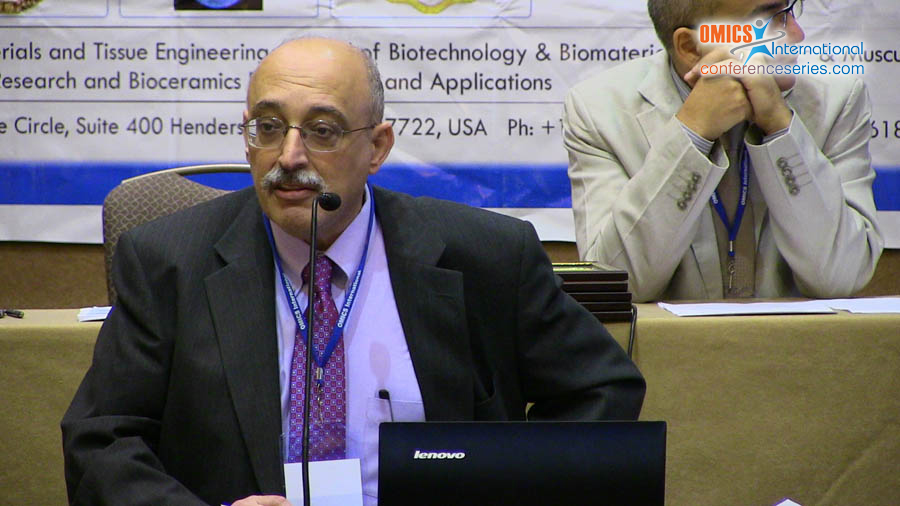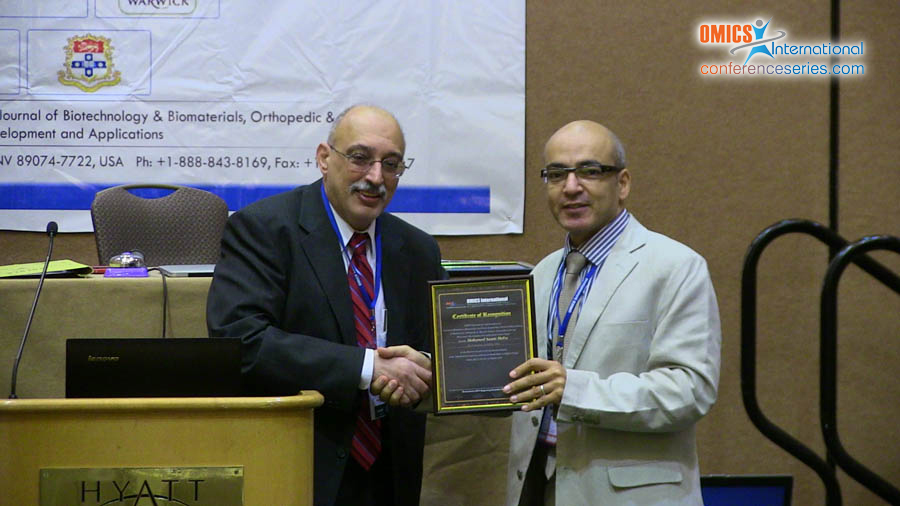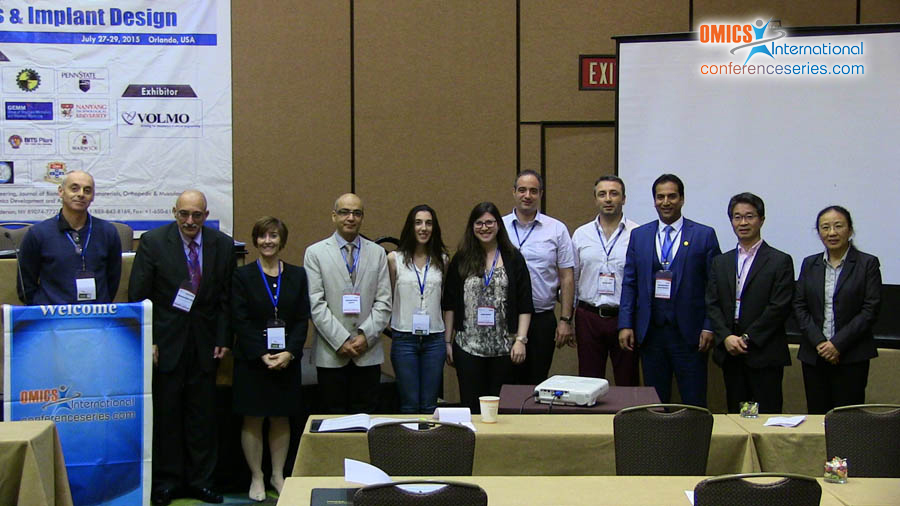
Mohamed Samir Hefzy
The University of Toledo, USA
Title: Biomechanics of the knee joint in deep fl exion
Biography
Biography: Mohamed Samir Hefzy
Abstract
It has been reported that by 2030, total knee arthoplasties are expected to grow to 3.48 million procedures as younger; more active patients can be treated with TKR’s surgical interventions. The success of this procedure is determined by the quality in its outcome. Young and active patients are expected to perform activities that require the knee to be maximally flexed. It is thus very important to fully determine the knee behavior when it is maximally flexed. The primary aim of this study was to determine the contact characteristics at the tibio-femoral (TF) and patella-femoral (PF) joint during deep knee flexion. A3-D finite element model of the human knee joint was developed using ABAQUS. Our results show that the PF contact occurs at the patellar groove on the femoral condylar surface at 900 of knee flexion and the contact location shifts distally along the groove on the femoral condyles as knee flexion increases. The PF contact was primarily located at the proximal half of the patellar articular surface. The TF contact initially occurs near the center of tibial plateau and then moves posteriorly towards the edge of the tibial plateau as the knee flexion angle increases. In deep knee flexion, the TF contact mainly occurs at the posterior edge of the tibial plateau. The results also show that lift-off occurs during deep squat, as the medial condyle lifts away from the tibia. The results of this study can be used to design a better TKR that better reproduces normal knee characteristics.



